According to a patent filed by Apple on the 21st of May ’24, a folding phone could well be in the works, with the added ability to repair itself from “minor” scratches and dents. The self-healing screen will either cover the entire display or just the bendy bit, and will work autonomously.
Flip phones were all the rage in the early 2000s, with the convenience of being able to fold them shut along with the ability to stylishly flip them open to take calls, almost everyone had one. While they’ve disappeared for a while, they’re coming back in a big way, with screens that bend in half, and even heal themselves from dents and scratches! Sounds like science fiction? Not according to one of Apple’s latest patents. Now while almost every major brand already has a foldable phone, Apple has mostly avoided any concrete promises of foldables, until now. According to a patent filed by Apple on the 21st of May ’24, a folding phone could well be in the works, with the added ability to repair itself from “minor” scratches and dents.
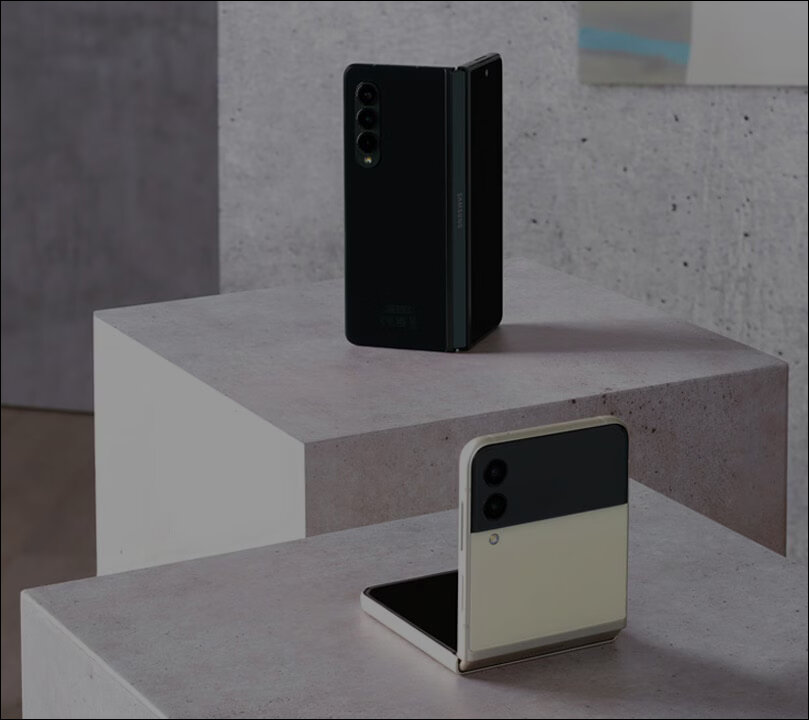
To crease or not to crease
Almost all folding phones work on a hinge mechanism with a screen that’s designed to bend in half at the hinges without breaking. While some phones fold inward, and some outward, a constant factor is the crease where the phones bend in half. In fact, to improve durability, Samsung foldable phones have a gap between the two screen halves, in order to prevent friction between them. The crease seems to be a major drawback, and an issue that most manufacturers don’t seem to be able to fix just yet. This could possibly be the reason why Apple hasn’t jumped on the foldable bandwagon yet, could you imagine a new iPhone with a crease in the middle of the screen?
While some people claim you get used to the crease after a while, many call it a hindrance, especially while watching videos or trying to read text. According to Apple’s new patent, however, a solution could be around the corner. The patent describes the new foldable screen as having grooves or recesses in them that allow for flexibility without creasing. The grooves are then filled with “elastomeric” materials and fluids that are translucent and made to match the optical properties of the rest of the screen in order to maintain a smooth surface without any creases. Additionally, if the screens or the flexible region in the middle of them do get scratched, dented, or creased, a self-healing mechanism can be triggered to get the phone to repair itself.
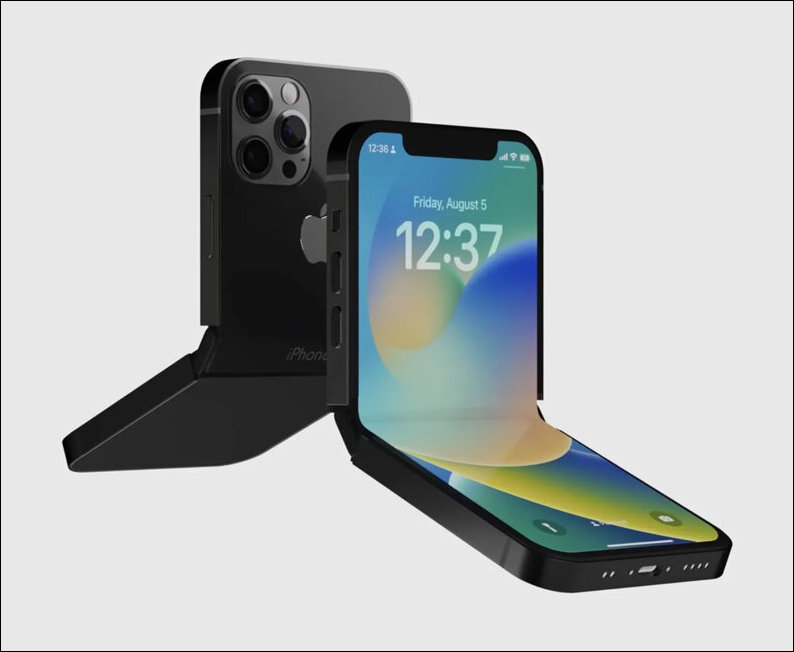
Apple’s self-healing screen
According to the patent, the plan is to have a self-healing screen that either covers the entire display or just the bendy bit. Either way, there’s going to be an elastic material that sits between the screen and the self-healing layer to improve durability. As for the self-healing mechanism itself, it’s probably top secret right now but what we can guess is that it’s going to be something similar to the material used to fill in the grooves and avoid creases. Basically an elastic, translucent material that can fill in damaged areas like scratches and dents. The self-healing process, however, will be autonomous. This means scratches, dents, or dead pixels will be fixed while you sleep, or at a fixed time every day.
Apple claims you can even initiate or expedite the self-healing process with the use of heat, light, or electric current. This means you could heat the display, shine a light on it, or plug it into the charger to trigger the self-healing process. Now nowhere in the patent does it say this technology is earmarked for a phone and it could quite possibly appear on a smartwatch, on an iPad, or on the next MacBook Pro. That being said, however, we all know that the phones are the flagships and if anyone’s going to get this shiny new tech, it’s probably going to be the phones. An interesting fact is that Apple actually halted all foldable phone development in 2020 due to technical issues.
Old roadblocks, new milestones
According to a report released in February this year, a couple of “clam-shell” foldable iPhones have been in the works for a while but have been delayed due to setbacks like thickness of the phone, and the flatness of the screens. There’s also speculation that we might get a foldable iPad before the phones since thickness is less of an issue with tablets and computers. That was confirmed in another report this month suggesting we could get a folding iPad by the end of 2025, a folding iPhone by 2026, and a MacBook by 2027. While it looks like Apple is still hitting some of the roadblocks it hit when it shelved the entire project in 2020, the new patent is definitely interesting and a milestone as far as foldable technology goes.
In case you missed:
- Samsung’s new Android XR Headset all set to crush Apple’s Vision Pro
- Tiny robots made from human cells can heal wounds!
- Researchers develop solar cells to charge phones through their screens
- Could the Future of Communication Be Holographic?
- AI Uncovers Thousands of Potential Psychedelic Compounds!
- Will Pi Coin Be the Next Bitcoin? A quick Reality Check!
- These AI powered devices add smells to virtual worlds
- South Korean firm develops drone that flies on hydrogen fuel
- This computer uses human brain cells and runs on Dopamine!
- Omnidirectional VR treadmills, go anywhere without going anywhere!



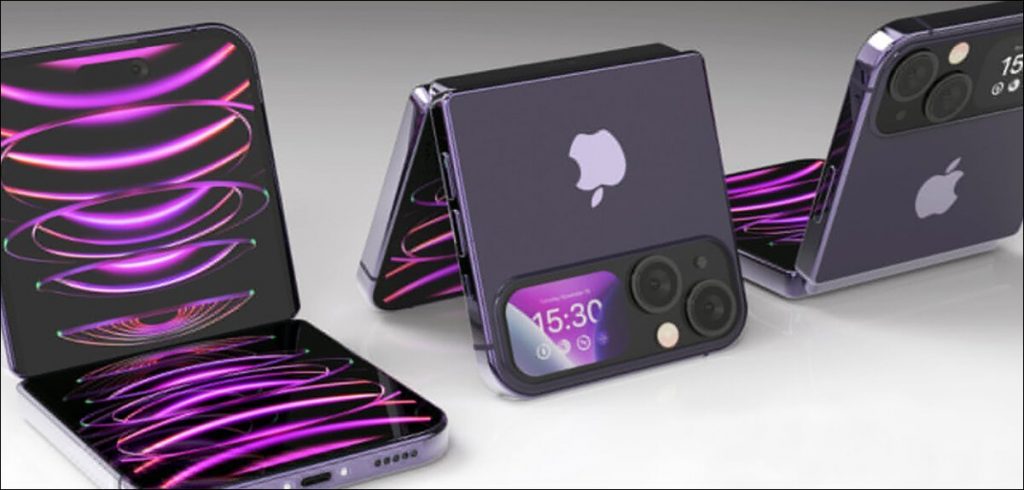


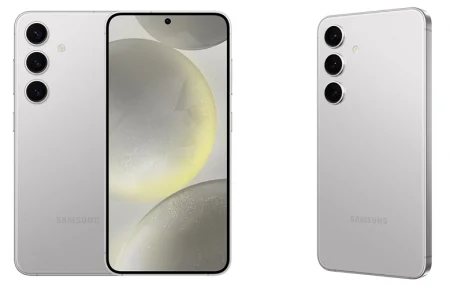
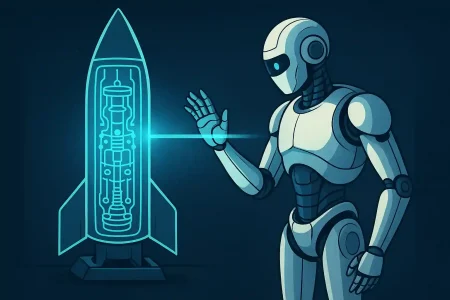


2 Comments
It is absolutely useless.
You are absolutely right. In it something is also thought good, agree with you.